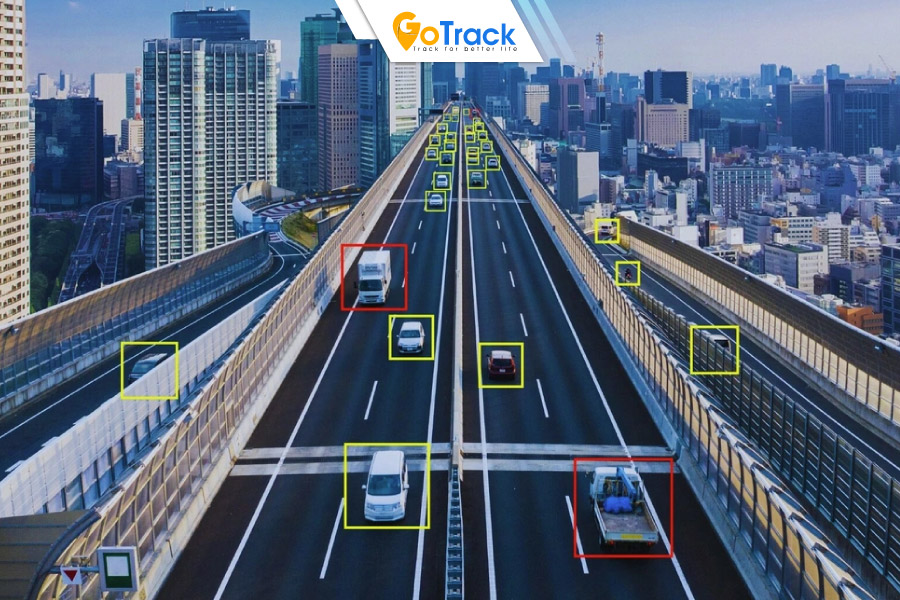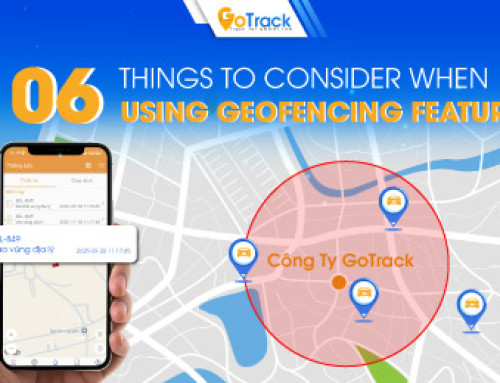The emergence and development of surveillance cameras integrated with Artificial Intelligence (AI) have opened a new era for the global transportation sector. Thanks to advanced features and modern sensors, AI cameras are now widely adopted by many countries in traffic management to accurately and promptly detect violations, control traffic lights, and forecast congestion during peak hours. This enables authorities to easily coordinate and regulate traffic flow across various routes, ensuring safety and order in urban areas.
How are AI Cameras being used in Traffic Management
In the context of rapid urbanization, maintaining order and optimizing traffic flow has become increasingly urgent. AI cameras act as intelligent assistants, instantly analyzing images and data to detect violations, manage signals, and predict traffic conditions. All processes from analysis, actions to alerts are carried out automatically, precisely, and effectively. This not only supports surveillance efforts but also reduces the workload for traffic control forces.

Equipped with advanced capabilities such as wide-range high-definition recording, facial and license plate recognition, and multiple integrated sensors, AI cameras offer high applicability in transportation management:
- Automated traffic violation detection: With license plate recognition, red-light monitoring, lane violation detection, and overspeeding alerts, AI cameras can accurately identify offenses in real time, enhancing deterrence among drivers.
- Intelligent signal control: By integrating with sensors and analyzing traffic data, AI cameras adjust signal timings based on real-time traffic flow, helping to reduce congestion and improve efficiency.
- Traffic forecasting and management: Continuous data analysis enables AI cameras to predict bottlenecks and unusual incidents, allowing authorities to implement timely solutions.
- Enhanced public safety: Studies show that AI cameras improve violation control efficiency and encourage safer driving behavior, thereby reducing the number of severe accidents.
Countries Implementing AI Cameras in Traffic Management
AI cameras are widely applied in traffic management and urban development across many countries. From Russia and Singapore to advanced economies like the UK and Australia, and more recently Vietnam, AI cameras have been integrated into traffic systems.
Russia
In Russia, AI camera technology is increasingly applied in traffic and urban security. Notably, the AIMS system developed by South Ural State University (SUSU) can classify up to 10 types of vehicles, measure speed, and analyze traffic density in real time using standard Full HD cameras. Tested in Chelyabinsk, the system proved highly accurate, enabling authorities to better regulate traffic and reduce congestion.

Additionally, Russia launched the nationwide CAMERTON network in 2021, integrating cameras and radars to track vehicles and assist in major criminal investigations.
Singapore
As a leader in smart transportation, Singapore integrates AI cameras with IoT sensors and Big Data analytics to monitor and forecast traffic conditions in real time. This system helps optimize traffic light cycles, respond quickly to accidents, and improve flow during peak hours.

United Kingdom
The UK has tested advanced AI surveillance cameras called “Heads-Up,” developed by Acusensus, capable of detecting drivers using mobile phones, not wearing seatbelts, or operating unregistered vehicles.

Supported by 4D radar and ultra-high-resolution imaging, these systems have been tested by 10 police forces, showing promising results in changing driving behavior. This marks a significant step in leveraging AI to raise awareness, deter violations, and promote comprehensive road safety.
Australia
In Australia, Acusensus pioneered the deployment of mobile AI cameras to detect distracted driving, particularly mobile phone use, reducing road fatalities by 20% during trials in New South Wales—contrasting with an 8% national increase. The portability of these cameras creates a ripple effect, encouraging compliance even in areas without camera coverage.

Additionally, in Adelaide, the government installed the first four AI cameras in 2025 to alleviate congestion and accidents. The SCATS (Sydney Coordinated Adaptive Traffic System), deployed at over 11,000 intersections nationwide, is another notable example of smart traffic signal management.
Vietnam
In Vietnam, aligned with the national digital transformation initiative, Hanoi Police have deployed an AI-powered surveillance system across major roads with over 1,800 cameras citywide. These cameras can recognize objects and individuals within a range of 500–700 meters, record 360-degree views, automatically control traffic lights in real time, and transmit violation data to the system. This reduces the need for direct on-site presence of traffic police while ensuring effective and efficient traffic management.

AI Cameras – The Smart Traffic Assistant in Digital Transformation
AI-powered cameras are proving to be crucial in modernizing global traffic systems. From video analytics, signal control, and dangerous driving detection to traffic optimization, AI technology ensures safer and smoother mobility. Clearly, AI cameras are not just surveillance devices but a transformative step toward smarter, transparent, and more efficient traffic management—paving the way for safer cities and a more sustainable society.



